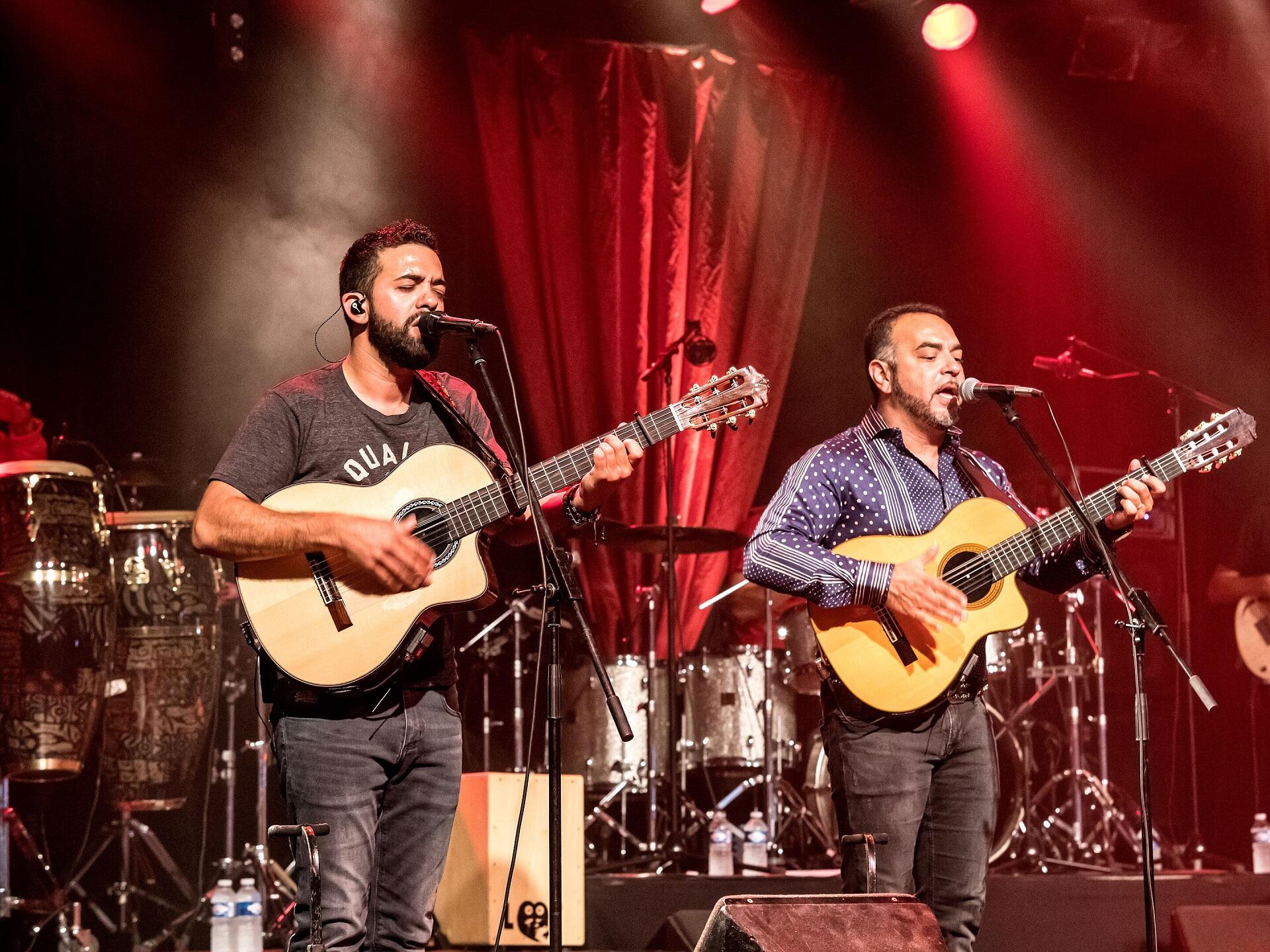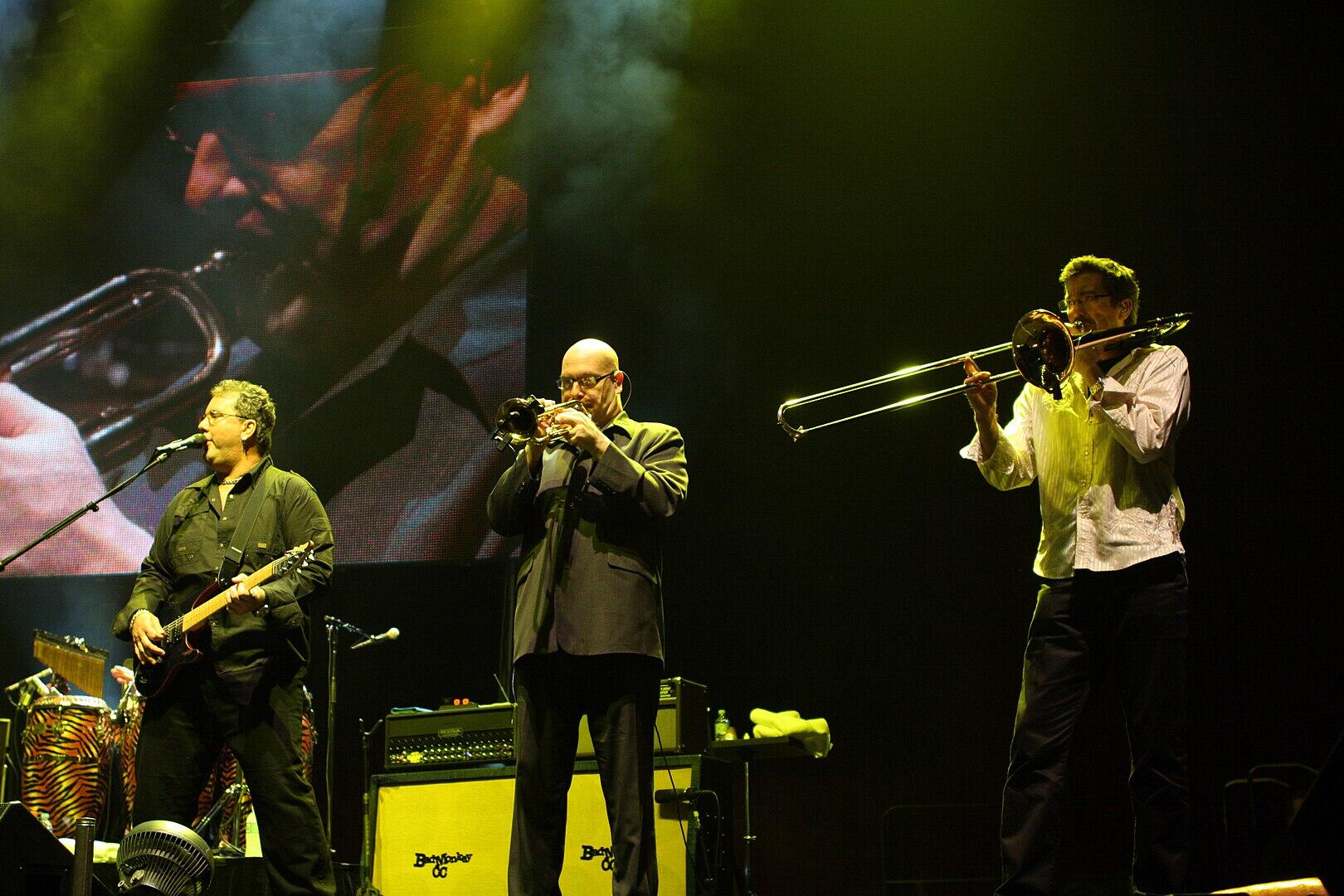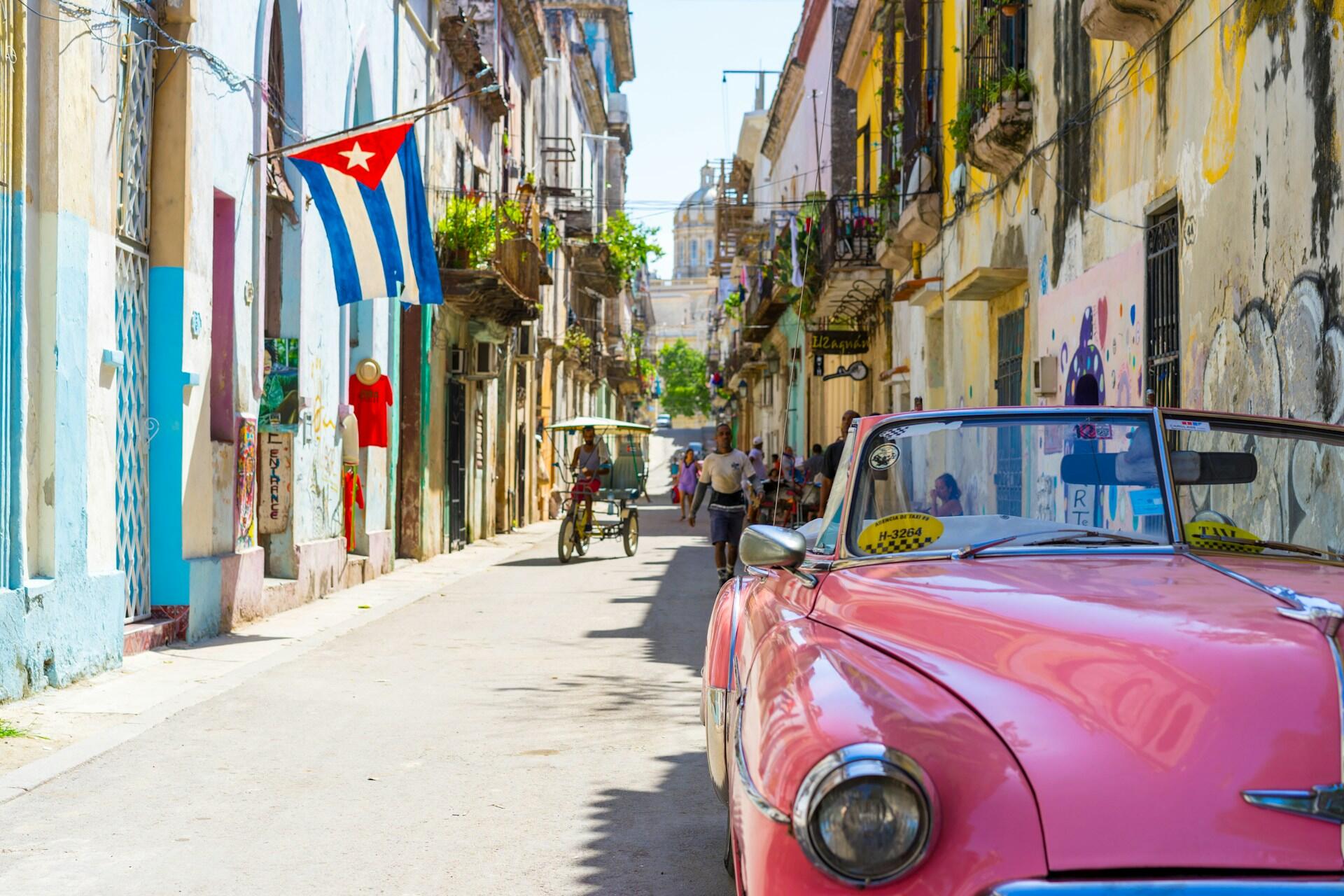Spanish-language music has a mad power to make you dance and hum along to its catchy melodies. That's perhaps one reason Spanish-language music is growing more popular, especially the Latin rhythms from South and Central America and Spain. Now, we present a list of songs you might sing in your Spanish class Brisbane, or at home, to practice Spanish pronunciation.

Por qué te vas - Jeanette Dimech
Loosely translated to “Why are you leaving?”, the 1974 song, Por qué te vas, ranks among the most iconic Spanish-language songs of all time.
The English-born Spanish singer, Jeanette Dimech, gave us this hit, and the film Cría Cuervos, assured its popularity.
It's so popular that no fewer than 11 artists covered it:
- José Luis Perales in 1987.
- Attaque 77 in 1992.
- Pato Fu in 1996.
- Masterboy in 1999.
- Javier Alvarez in 2001.
- Sabine Paturel in 2002.
- Globus in 2006.
- Suarez in 2010.
- Marquess in 2014.
- Hot Banditoz in 2016.
- Lucero in 2017.
It's a romantic song, but it's also sad. You might have even listened to the song in Spanish classes because it’s quite slow and great for beginners to listen to.
María - Ricky Martin
¡Un, dos, tres! You’ve probably heard the Spanish song María by Ricky Martin. Released in 1995, this was the star’s first real hit.
Its lyrics aren’t profound, but the chorus is memorable: Un, dos, tres, un pasito palante Maria / un, dos tres, un pasito patras. Even in 2019, you can’t help but dance to this tune. Gracias, Ricky!
It may surprise you to know that Ricky Martin still has Spanish-language hits to this day.

You won't learn more about Spain from Ricky, considering he's from Puerto Rico. However, you can consult our guide to discover facts about España.
Hijo de la Luna - Mecano
Hijo de la Luna is a 1986 hit by the Spanish group Mecano. Considered one of the most beautiful Spanish songs, it’s also very melancholic.
The song is about a woman who asks the moon for a husband.
The moon accepts this on the condition that she sacrifice her first child.
However, the child resembles neither the father nor the mother, so the father, enraged that the mother cheated on him, stabs her. He abandons the child who’s collected by the moon. Not your typical hit.
Despacito - Luis Fonsi ft. Daddy Yankee
You couldn’t ignore this tune if you tried. Despacito was the most popular song of 2017, and it remains popular today. The song left its mark on music history, and was played on almost every radio. On YouTube, the video has racked up over 8 billion views.
The title means “slowly” or “softly” and describes the physical attraction between two people from dancing.
Listening to this song is a good opportunity to practise a few Spanish words. You might even find yourself covering the lyrics in your Spanish course, or with a private tutor on Superprof! But then, Luis Fonsi’s voice will make you want to get up and dance, so maybe a bit of that before practising Spanish.
Hasta Siempre - Nathalie Cardone
The song is about Che Guevara, the hero of the Cuban revolution. Guevara is glorified for his actions and speeches on liberty. His words still live on in the spirit of the Cuban revolution. The song’s title echoes Che’s slogan: Hasta la victoria siempre.
You may have already heard this song in a Spanish class! Hasta Siempre, meaning 'forever', was written in 1965 by Carlos Puebla.
Many artists have put their artistic stamp on it, but the most famous version is Nathalie Cardone's 1999 hit.
Camarero – Andra & Descemer Bueno

Waiter ('camarero' in Spanish) is a story of disappointment in love, set to surprisingly upbeat, danceable music. Released in June of 2019, Camarero pegged millions of YouTube views. The song’s almost-thoughtful Spanish guitar opening belies the liveliness to come.
As you listen (and watch), you realise that the song is not all doom and gloom. Andra and Descemer go on to attest that, if you can only dance and sing, life’s burdens will seem lighter.
Did you know that Andra’s voice hides an even bigger secret?
Andra, is neither Spanish nor Latina but Romanian. Her Spanish accent and rolled Rs are spot-on and her delivery is crisp.
A jazz and bachata musician of Cuban origins, with dance moves, vocal power, and fire enough to match Andra's delivery.
La Tortura - Shakira ft. Alejandro Sanz
Shakira needs no introduction, but a few facts about her impact on Latin music are worth a few words. She gets credit for popularising Hispanophone music around the world. Shakira's also had an impact on the direction of the Latin sound.
She recorded her first hit song at 14 years old, and she’s had plenty of hits over the years, including Hips Don’t Lie and Loca. Unlike those tunes, La tortura, from 2005, is completely in Spanish.
This song tells a complicated and passionate love story. It’s a mix of Latin pop and reggaeton.

Bailando - Enrique Iglésias ft. Descemer Bueno and Gente de Zona

With Enrique Iglésias singing this song in 2014, Bailando couldn’t be anything other than a hit across Latin America and the world. With its alluring rhythm and easy-to-remember lyrics, this Spanish-language song even has an English-language version with Sean Paul.
This song, like a lot of Latin music, is about love and physical proximity. It hit #1 in Spain, which helped Enrique rank among the most famous Spaniards.
La Camisa Negra - Juanes

This Colombian singer is famous for his song La camisa negra (The Black Shirt). This song is about a man grieving over his broken relationship, which is why he’s wearing a black shirt.
The beautiful music lures you in with its mix of Colombian folklore and Latin pop. The song was problematic in Italy due to the fact that black shirts were often worn by the fascists. However, as I learned in my Spanish classes Perth, it found success everywhere else.
Bamboléo - Gipsy Kings
The Gipsy Kings are a group from the south of France that plays Andalusian music. The group is made up of Spanish and Gypsy musicians. Their songs mix Latin pop and flamenco.

The song Bamboléo was a hit in 1987 across the world, especially in the United States of America where it reached 6th on the Billboard charts. The verses are inspired by a Venezuelan song and the chorus is that of Carmen Miranda’s song of the same name.
This song compares love to a frantic dance and calls upon you to live your life in the fullest way possible through joy and, of course, dancing. It's enough to make you want to find Spanish lessons in Sydney, or wherever you are, to understand the lyrics.
Eres Tú - Mocedades
Mocedades is an ever-changing singing group from the Basque Country. They came together in the late 60s, and rocketed to fame in 1973. That was the year they represented Spain, and nearly won the Eurovision Song Contest, with Eres tú.
That performance gave them, and their song, international exposure. That lovely anthem is great background music, as you study our guide to Spain's history.
La Bamba - Various Artists
This Mexican folk song originated in the Veracruz state, sometime during the 17th Century. American singer Richie Valens gave us the tune's most popular version, and Los Lobos, the group from the film La Bamba, boosted its renown.
You won't hear it in any great Spanish series, because it's a Mexican anthem. However, YouTube obliges with both versions - Valens, and Los Lobos. And, you can count on Superprof to deliver the goods (via Spotify, of course).
Oye cómo va - Tito Puente

The legendary bandleader, Tito Puente, released this song in 1962. That was the time tastes in music were changing from ballroom-style cha-cha-cha, to garage band rock'n'roll.
It took Latin music a while to rediscover its audience. Still, every so often, a hit or two would emerge from between rock songs. The American rock group, Santana (pictured), managed that feat when it covered Oye cómo va, in 1971.
Oye cómo va means 'listen how it goes'.
The main lyric, Oye cómo va, mi ritma, is 'listen how it goes, my rhythm'.
You might think 'oye' is simply a callout, like 'hey!', in English. If you took Spanish classes Melbourne, you would know that it means 'listen', as in: listen to Oye cómo va.
Guantanamera - Joseíto Fernández
We return to Cuba, and to folk music, with this delightful, laid back tune. It describes a lovely woman, Juanita, from Guantánamo - a guantanamera. The song is a poem set to music. Cuban poet José Martí delivered just the right tone for Cuba's wistful charm.

This song's popularity endures, as artists continue to cover it. Among the most famous versions, we count Celia Cruz, The Sandpipers, Wyclef Jean, and Compay Segundo. But, Joseíto's original recording remains our favourite.
Como la flor - Selena
Selena's career was far too short, just under 15 years. Still, this Texas-born songstress did her utmost to raise Tejano music; in fact, she put it on the world stage. She also wrote the most requested Latin music song in karaoke bars across the United States: Como la flor.
It's a touch slower than standard Tejano music (lit. Texas music). It features synthesizers, instruments no self-respecting Tejano band would consider. Still, it has all the Tex-Mex flavour and besides, all those karaoke singers can't be wrong, can they?















